this is a piece of code for a simple iteration method for solving systems of linear algebraic equations:
double* iter(double** a, double* y, int n, int& iter)
{
double* res = new double[n];
int i, j;
for (i = 0; i < n; i++)
{
res[i] = y[i] / a[i][i];
}
double eps = 0.0001;
double* Xn = new double[n];
do {
iter++;
for (i = 0; i < n; i++) {
Xn[i] = y[i] / a[i][i];
for (j = 0; j < n; j++) {
if (i == j)
continue;
else {
Xn[i] -= a[i][j] / a[i][i] * res[j];
}
}
}
bool flag = true;
for (i = 0; i < n - 1; i++) {
if (fabs(Xn[i] - res[i]) > eps) {
flag = false;
break;
}
}
for (i = 0; i < n; i++) {
res[i] = Xn[i];
}
if (flag)
break;
} while (1);
return res;
}
but I would like to implement the seidel method.and slightly changed the code according to the formula below
for (i = 0; i < n; i++) {
Xn[i] = y[i] / a[i][i];
for (j = 0; j < i-1; j++) {
Xn[i] -= a[i][j] / a[i][i] * Xn[j];
}
for (j = i+1; j < n; j++){
Xn[i] -= a[i][j] / a[i][i] * res[j];
}
}
but I'm not getting exactly what I expected:
I would be grateful if you could tell me where I made a mistake. thank you in advance for your answers.



